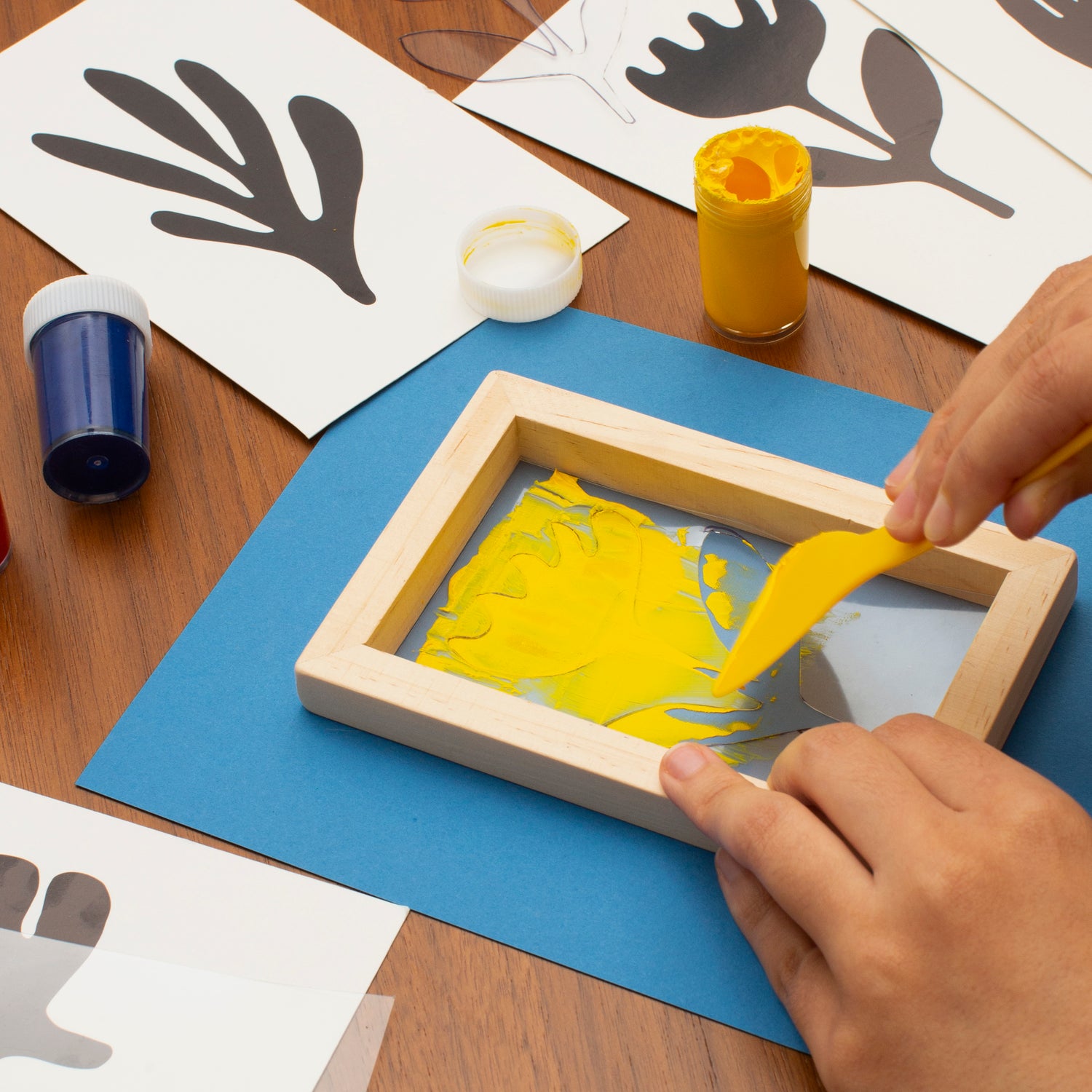ChatGPT said: Beginner’s guide to ordering with 10:9 Design Abilene
Wiki Article
The Crucial Overview to Understanding Screen Printing and Its Versatile Makes use of
Screen printing has a rich background that dates back to old times, developing into an innovative technique made use of across numerous markets today. This overview checks out the intricacies of the screen printing procedure, detailing its applications in style, home, and marketing decoration - 10:9 Design contact. Comprehending these principles can open up innovative potential for both imaginative and industrial tasks. The following sections will certainly disclose important ideas and techniques to improve one's screen printing undertakingsThe History of Screen Printing
Although screen printing has roots that map back centuries, its advancement shows the creative and technological developments of numerous societies. Coming from old China, the technique was at first made use of for embellishing fabrics and later spread to Japan, where it became essential to Ukiyo-e woodblock printing. The approach changed to Europe in the 18th century, where it gained popularity among artisans and commercial printers. The invention of photo emulsion in the 20th century revolutionized screen printing, permitting more intricate designs and better performance. Musicians like Andy Warhol better propelled its appeal, making use of the tool to produce renowned works that blended commercialism and art. By the late 20th century, screen printing had actually developed itself as a flexible method, employed in vogue, advertising, and art. Today, it remains to advance, incorporating digital technology and increasing its applications throughout different industries.The Screen Printing Refine Explained
Screen printing changes creative visions into substantial styles through a collection of exact steps. A picture is created and after that transferred onto a screen, typically made of great mesh material extended over a framework. A light-sensitive solution is related to the screen, which is exposed to light, setting in areas not covered by the photo. After rinsing the unhardened solution, a stencil is created.Next, the screen is positioned over the substrate, whether it be textile, paper, or one more product. Ink is after that pressed with the open locations of the pattern using a squeegee, transferring the style onto the substrate listed below. This process can be duplicated for multiple colors, calling for separate displays for each color. The printed thing is cured utilizing warmth to guarantee the ink adheres appropriately, resulting in a durable, dynamic layout all set for use.
Kinds Of Screen Printing Techniques

Additionally, specialized techniques, such as discharge screen printing, get rid of dye from the textile to produce softer prints, while foil screen printing uses metallic foil to attain a shiny coating (10:9 Design Company). Each method offers distinctive qualities, accommodating different creative requirements and manufacturing scales, inevitably expanding the opportunities within the screen printing domain
Applications of Screen Printing in Different Industries

Additionally, the signage and advertising and marketing industries make use of screen printing for creating captivating displays and banners. This technique permits for bold shades and detailed styles that catch focus. In electronics, screen printing is utilized for using conductive inks to circuit boards, necessary for part connections. Additionally, the home décor market welcomes screen printing to produce distinctive styles on fabrics and wall surface art. In general, screen printing offers as an essential tool across diverse fields, enhancing products with customized and visually attractive graphics.
Tips for Effective Screen Printing Projects
While taking on a screen printing task, careful attention to detail can considerably improve the final result. Initially, choosing high-grade materials is vital; this includes the screen, inks, and substratums. Utilizing suitable mesh site web counts can affect ink deposition and detail resolution. Prep work is just as crucial; complete cleansing of displays and appropriate exposure times assure crisp prints.Next off, precise registration is crucial for multi-color prints. Utilizing placement devices can aid attain specific layering. Additionally, testing prints on scrap products before production aids recognize potential concerns without wasting resources.

Go Here
Frequently Asked Questions
What Materials Are Best for Screen Printing on Fabric?
Cotton and polyester blends are ideal for screen printing on material because of their toughness and ink absorption. In addition, specialized materials like silk or canvas can create special structures and surfaces, enhancing the overall layout top quality.Just how Do I Tidy and Maintain Screen Printing Devices?
To keep and cleanse screen printing devices, one must frequently wash screens with ideal solvents, evaluate squeegees for wear, lubricate relocating components, and store all items in a completely dry, dust-free atmosphere to prolong their lifespan.What Are the Ecological Effects of Screen Printing?
Screen printing can have significant ecological effects, including chemical waste from solvents and inks, water use during cleansing procedures, and energy intake. Sustainable practices and eco-friendly products are important for decreasing these unfavorable effects.Can Screen Printing Be Done in the house Efficiently?
Screen printing can be effectively done at home with the appropriate materials and strategies. Hobbyists can develop quality prints, though success relies on their skill degree, equipment, and understanding of the process entailed.
What Are the Expenses Connected With Starting a Display Printing Business?

Starting a screen printing organization involves costs for devices, products, and workspace. Initial costs commonly vary from a few hundred to a number of thousand bucks, depending on the range, high quality of equipment, and preferred production ability.
Screen printing has an abundant background that dates back to you could try here ancient times, evolving into an advanced technique utilized throughout various industries today. An additional method, rotary screen printing, employs round displays, promoting continuous printing on fabric rolls, thus improving effectiveness for massive productions. Furthermore, specialty methods, such as discharge screen printing, eliminate dye from the fabric to create softer prints, while foil screen printing uses metal aluminum foil to attain a glossy surface. In the fashion industry, screen printing is widely used to create vivid layouts on garments, allowing brands to showcase their unique designs. Cotton and polyester blends are excellent for screen printing on textile due to their longevity and ink absorption.
Report this wiki page